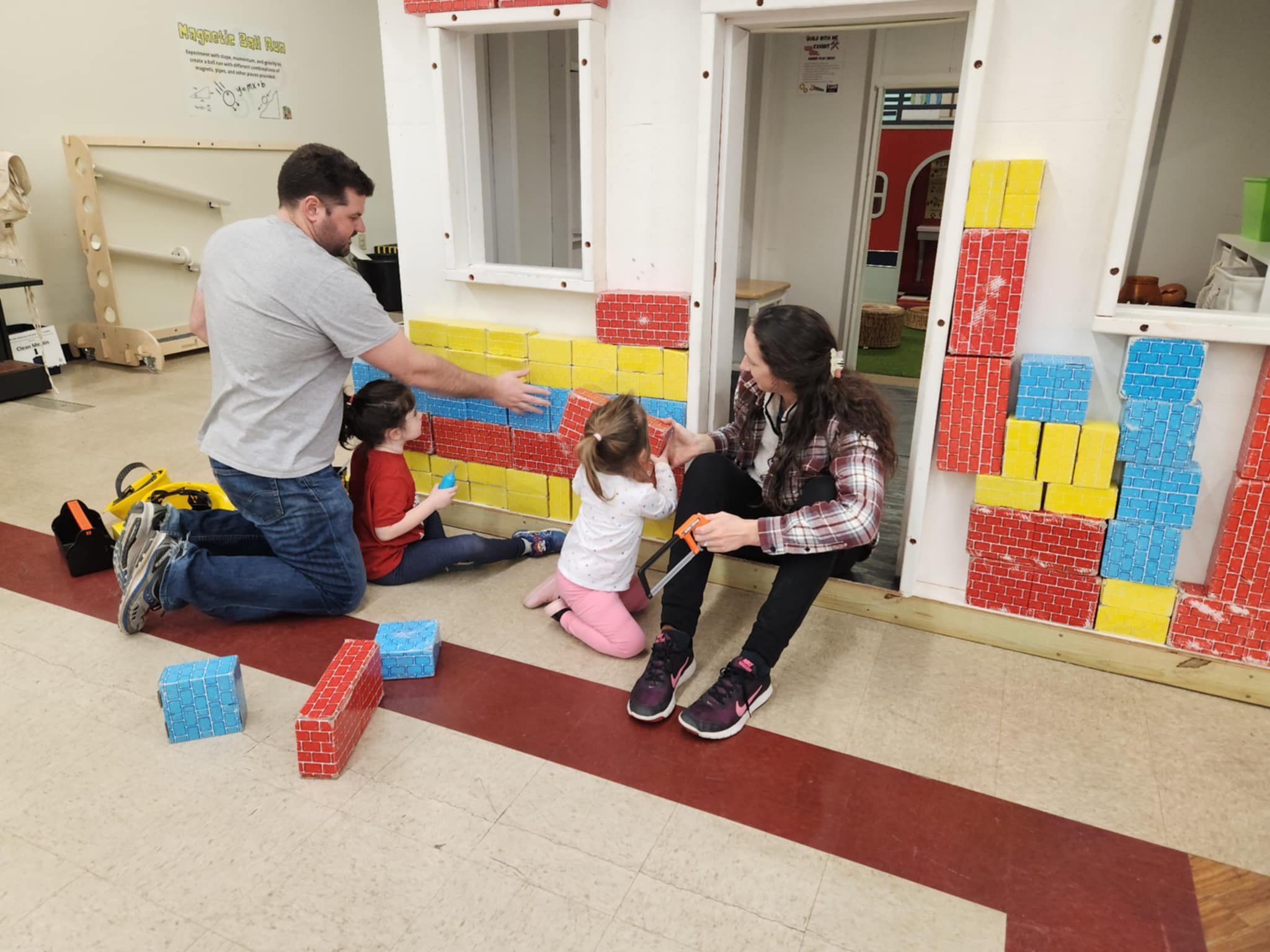Additional Resources:
Links and articles from other museums and museum professionals
Museum Questions (not related to the Baraboo Children’s Museum)
Key Strategies for Family Engagement
To play as a family at a children's museum, actively engage with the interactive exhibits together, take turns trying different activities, discuss what you're learning, encourage imaginative play, and most importantly, have fun while exploring the space as a unit; consider taking on roles within pretend play scenarios, like "parent" or "firefighter" in a play grocery store or fire station exhibit.
Key strategies for family play at a children's museum:
Choose exhibits based on interests:
Let everyone pick an exhibit they want to try first, allowing for diverse experiences and engagement.
Participate actively:
Don't just watch your children play; join in the fun, build things together, and ask questions about what they're doing.
Role-play and storytelling:
Incorporate pretend play by taking on roles in interactive exhibits like a grocery store, construction site, or doctor's office.
Ask open-ended questions:
Spark conversation by asking questions like "What do you think will happen if we do this?" or "Can you tell me about what you're building?".
Explore different senses:
Pay attention to exhibits that engage multiple senses like touch, sound, and sight, encouraging exploration through various modalities.
Take breaks and rotate:
Allow for breaks when needed and rotate through different areas of the museum to keep things fresh and engaging.
Discuss what you learn:
After an exhibit, talk about what you discovered, what was interesting, and how it relates to the real world.
Be flexible and adaptable:
Let children lead the play sometimes, and be open to trying new things or exploring different parts of the museum.
Consider special events:
Check for family-oriented events like workshops, story times, or live performances at the museum.
Examples of family-friendly activities at a children's museum:
Building zones:
Collaborate on constructing a tower or a complex structure with blocks or other building materials.
Art studios:
Create art pieces together using different materials like paint, markers, scissors, and more.
Pretend play areas:
Engage in imaginative play in a grocery store, restaurant, or veterinary office.
Science exhibits:
Experiment with interactive science displays like magnetic forces or using a microscope.

